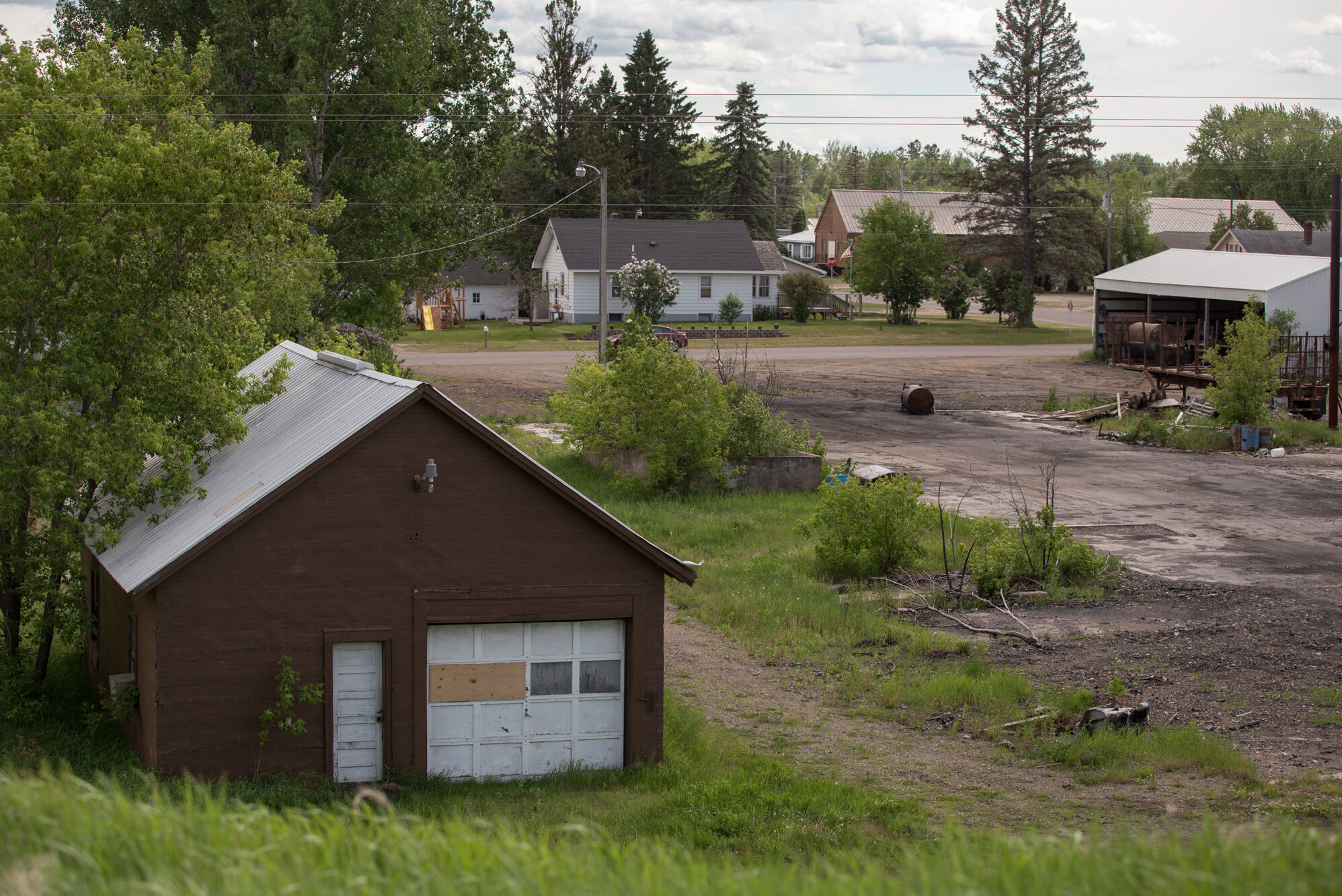Priscilla Bogema lives in a rural town called McGregor, Minn., in a part of the state that has more trees and lakes than people.
She came here about 20 years ago seeking solitude during a major crisis in her life. She had just gotten divorced and was dealing with some health problems. “So I came to a place where nobody could see me,” she says.
Now Bogema is in her 60s, frail and mostly confined to her house. Her arthritis and other health problems have limited her mobility. She struggles with the upkeep of her home and yard. She drives into town once a week for groceries and a movie with other seniors. But she doesn’t have close friends she sees regularly, and her children and grandchildren visit only once every few months.
The solitude she once sought is no longer as comforting. “It can get lonely, very lonely,” she says.
According to a recent poll by NPR, the Robert Wood Johnson Foundation and the Harvard T.H. Chan School of Public Health, Bogema is one of about 2.5 million rural residents (about 7% of the total rural population) who say they have no friends or family nearby to rely on. An additional 14 million (about 39%) say they have only a few people. Like Bogema, many feel isolated.

McGregor, Minn., is one of 18 communities in the northeastern part of the state that is participating in a program that addresses loneliness and social isolation by connecting the young with the old.Meredith Rizzo/NPR
People in rural areas report “feeling lonely or left out,” says Carrie Henning-Smith, the deputy director of the University of Minnesota Rural Health Research Center and one of the authors of a recent study on rural isolation, despite the fact that rural communities often have stronger social networks than urban ones. She notes that many communities have become more…
This article was sourced from NPR.
